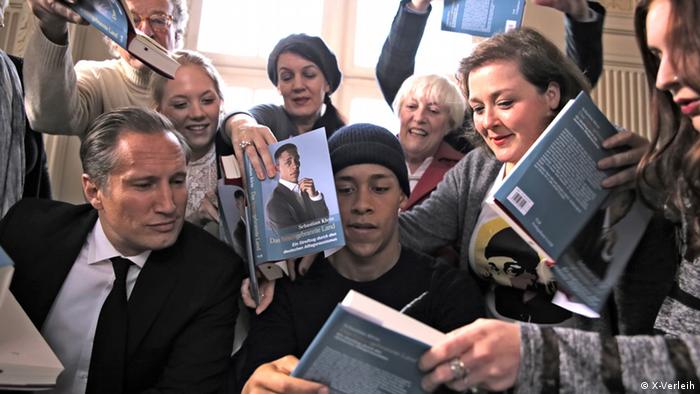Multiracial Teens Talk About Their Identity Rip TidesPosted in Articles, Identity Development/Psychology, Media Archive, Social Science, United States on 2015-10-27 17:14Z by Steven |
Multiracial Teens Talk About Their Identity Rip Tides
Women’s eNews
2015-10-27
Stephanie Geier, Teen Voices for Women’s eNews
The pressures and rejections come from within, from peers, from different sides of their families. “No matter how hard I tried I was always too white for the black kids and too black for the white kids,” says one girl. The second in a three-part series on multiracial teens.
WOODSIDE, N.Y. (WOMENSENEWS)–In middle school, Allyson Gonzalez thought befriending white girls would stop the other Brooklyn public school students from teasing her about her thick eyebrows and hairy arms.
However, her new friends acted outright, “horribly” racist to certain students. Gonzalez went along with them, but would be nice to the other students in private. After witnessing this behavior, she then decided “if anything was bad, it was being white.”
Now a college freshman at Hunter College, Gonzalez, who is German, Irish and Puerto Rican, identifies as a “multiracial white-Hispanic woman.” She blames “social pressure” for the delayed acceptance of her mixed background, she said in an email interview.
Young people who are multiracial are four times more likely to switch their racial identity than to consistently report one identity, sociologists Steven Hitlin, J.Scott Brown and Glen H. Elder found in their 2006 research, cited by sociologists Kerry Ann Rockquemore, David Brunsma and Daniel J. Delgado in their 2009 piece published in the Journal of Social Issues.
This is part of the multiracial “journey,” according to freelance writer Hannah Gomez, who also works with the advocacy organization We Need Diverse Books. In her 2013 paper “This, That, Both, Neither: The Badging Of Biracial Identity In Young Adult Realism,” she combined evidence from modern fiction and scientific research to identify a three-step process in multiracial identity development. First, individuals are confronted with a situation causing them to reject one side of their race. They then seek a community that does not pressure them to disconnect with one of their sides. Finally, they achieve a sense of empowerment that successfully leads to identifying with a mixed label.
“Structural, systemic racism says that people must be easily defined and sorted into groups, and race is an easy way to do that,” said Gomez in an email interview.
While she added that no one needs to embrace all of her background, individuals are often told to embrace just one, resulting in “a lot of undue stress.”…
Read the entire article here.



